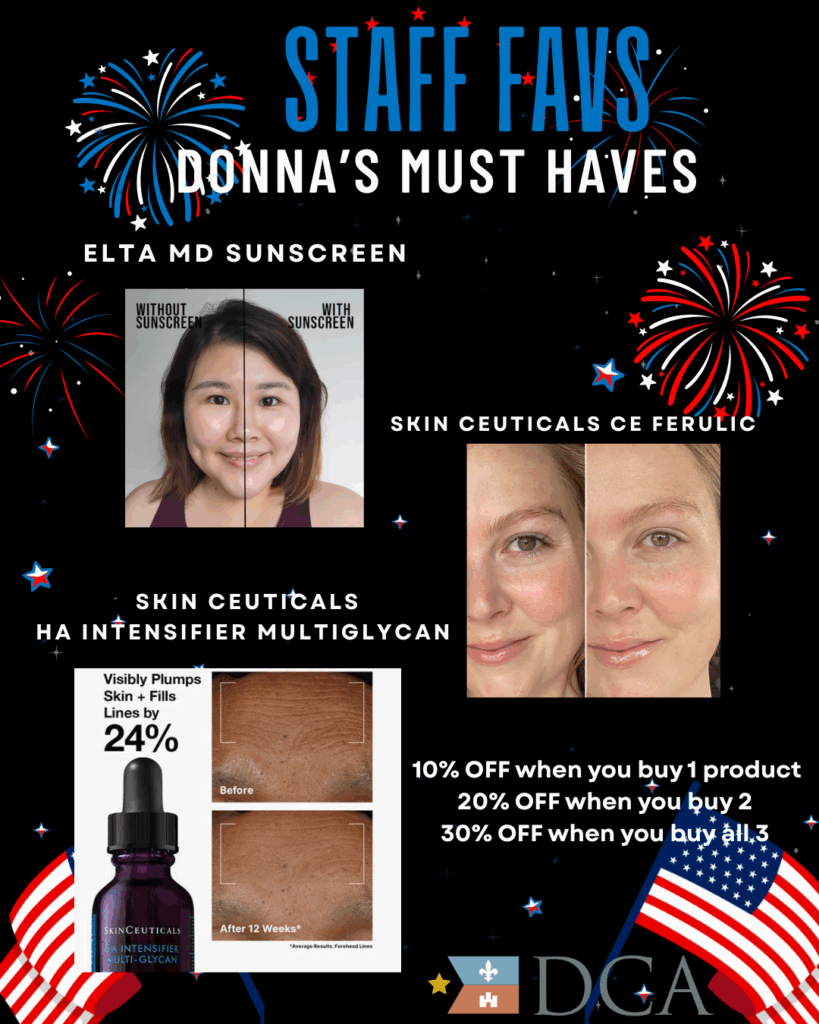Your skin type is the basis for the rest of your skincare routine. Your skin, which can be oily, dry, normal, sensitive, or combination, not only determines which types of skincare products you should be using but can also influence the effectiveness of certain treatments and ingredients. While everyone needs the essentials (i.e. cleanser, moisturizer, and SPF), the best formulas and regimens can differ immensely between skin types.
If you’re not sure what your skin type is, we’re here to help you correctly, and easily, categorize your skin.
The Five Skin Types
- Oily: Oily skin is characterized by a higher-than-average production of sebum-skin’s natural oil. The excess oiliness can make the skin appear shiny or slick and is often accompanied by skincare concerns like acne breakouts, blackheads, and large pores.
- Dry: Dry skin is the opposite of oily skin: it’s skin that produces less-than-average amounts of oil, giving it a dull or tight appearance. Dry skin is more likely to crack or flake, or peel.
- Normal: We’d refer to all skin as normal, but in skincare, normal skin refers to a well-balanced complexion that displays no persistent skincare concerns.
- Combination: We define combination skin as the display of two or more defining characteristics (like dryness and oiliness) in different areas. People with combination skin will often have an oily T-zone (chin, nose, and forehead) with dry cheeks.
- Sensitive: Sensitive skin is characterized by a heightened sensitivity to stressors, including some skincare products. Degrees of sensitivity can vary. Some people may only have a reaction to one or two stressors, other people with sensitive skin may experience redness, itching, and irritation frequently for a variety of reasons.
How to Determine Your Skin Type
The Watch and Wait Method
This test allows you to understand your skin type by watching how your skin behaves after cleansing.
- To start, wash your face with a gentle cleanser, then gently pat it dry.
- Wait 30 minutes.
- If your skin appears shiny throughout, you likely have oily skin.
- If it feels tight and is flaky or scaly, you likely have dry skin.
- If the shine is only in your T-zone, you probably have combination skin.
- If your skin feels hydrated and comfortable, but not oily, you likely have normal skin.
- If you experience a flare-up, you likely have sensitive skin.
The Blotting Sheet Method
Blotting sheets absorb oil when pressed against the skin, so you can use them to help you understand what type of skin you have.
- After washing your face with a gentle cleanser, pat it dry and wait for 30 minutes.
- Press blotting sheets to various areas of your face, then hold the sheets up to the light to see the oil markings.
- If the sheets soaked up an abundance of oil from all areas of the face, you have oily skin.
- If they absorb little to no oil, then you probably have dry skin.
- If the sheets show only a small amount of oil from your T-zone, you have combination skin.
- If you only see minimal oil from every area of your face, you most likely have normal skin.
At the Dermatology Center of Acadiana, we pride ourselves on giving each of our patients the individualized attention they deserve. Our providers will work with you to create a custom skincare and treatment plan that addresses your unique needs – no matter your goals or skin type. Call (337) 235-6886 to make an appointment today!

